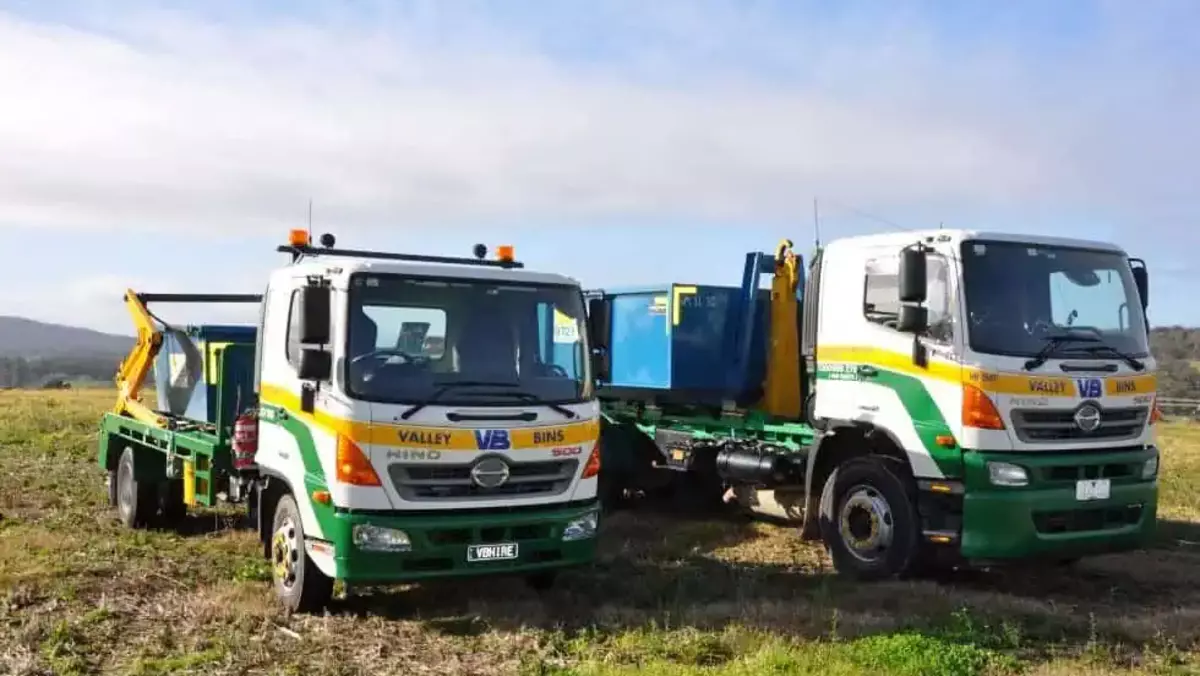What Is A Site Waste Management Plan?
How to write a waste management plan for your business
We explain what they are and give you a free waste management plan template
Creating a waste management plan is essential for business owners and site managers to handle waste efficiently, comply with regulations, and promote sustainability. As our name suggests, WM Waste Management Services plays a crucial role in helping businesses across Melbourne safely and efficiently dispose of their waste.
We created this guide because our expertise can help you ensure your plan is as well thought-out as possible. Trust us, the last thing you want is to have waste (especially solid, hazardous or toxic waste) clutter up your business or worsite.
In this guide, we’re going to explain:
- What a proper waste management strategy is and should include
- How to create site waste management plans in 7 steps
- Factors to consider when writing your plans
We’re also going to give you a free downloadable template for your own site waste management plan. You’ll find it at the end of this guide with the FAQs. And don’t worry — you don’t have to sign up for anything.
Consider us the final step in your plan. We offer quick and efficient commercial waste management services in Melbourne, including on-site skip bins and hard rubbish collection for all types of waste. Get in touch to discuss your needs.
What is a site waste management plan?
A waste management plan outlines how a business will manage its waste, detailing strategies for reduction, recycling, and disposal. It ensures compliance with environmental laws, reduces waste disposal costs, and promotes environmental sustainability.
15 points a waste management plan must include
A comprehensive waste management plan should encompass several key components to ensure effective waste handling and sustainability. Here's what to include:
1. Executive summary
Provide a brief overview of the waste management plan, including its purpose and main objectives.
2. Company information
Include the company's name, address, contact person, and relevant details.
3. Site details
Describe the site where the waste management plan will be implemented, including its location, project description, and site manager information.
4. Waste audit
Conduct a detailed audit to identify the types and quantities of waste generated. This section should categorise waste into general, recyclable, organic, and hazardous waste, specifying sources and estimated volumes.
5. Objectives and goals
Set clear, measurable waste reduction targets that align with your company's sustainability objectives and regulatory requirements. Include specific goals with timelines.
6. Waste types and management methods
Detail the management methods for each type of waste, such as:
- Concrete: Reuse as fill material or recycle through concrete recycling facilities.
- Metals: Segregate and send to metal recycling facilities.
- Timber: Reuse for formwork or donate to community projects.
- Plastics: Sort and recycle through local recycling programs.
- Hazardous waste: Store securely and dispose of through licensed hazardous waste facilities.
7. Waste management system
Outline procedures for waste segregation, collection, storage, and disposal. Include colour-coded bins, regular collection schedules, and partnerships with licensed facilities.
8. Waste handling procedures
Specify procedures for on-site handling, transportation, and disposal of waste. Include methods for transporting waste to disposal or recycling facilities and a list of approved facilities.
9. Waste reduction strategies
Describe strategies to minimise waste generation, such as source reduction, reuse, recycling, and composting. Include case studies of successful waste reduction efforts.
10. Hazardous waste management
Provide detailed procedures for identifying, handling, storing, and disposing of hazardous waste. Include compliance with local regulations and training for employees.
11. Monitoring and review
Establish key performance indicators (KPIs) to track waste management performance. Include methods for data collection, a review schedule, and continuous improvement strategies.
12. Employee engagement and education
Detail training programs and communication strategies to involve employees in waste management initiatives. Include incentives for employees who contribute to waste reduction efforts.
13. Roles and responsibilities
Assign specific roles and responsibilities for implementing the waste management plan. Include the site manager, environmental officer, employees, and contractors.
14. Emergency procedures
Outline procedures for handling waste-related emergencies, such as spills. Include emergency contacts and reporting procedures.
15. Compliance and documentation
Ensure compliance with all relevant regulations and maintain proper documentation. Include records of waste audits, disposal methods, and regulatory compliance. Aim for ISO 14001 certification if applicable.
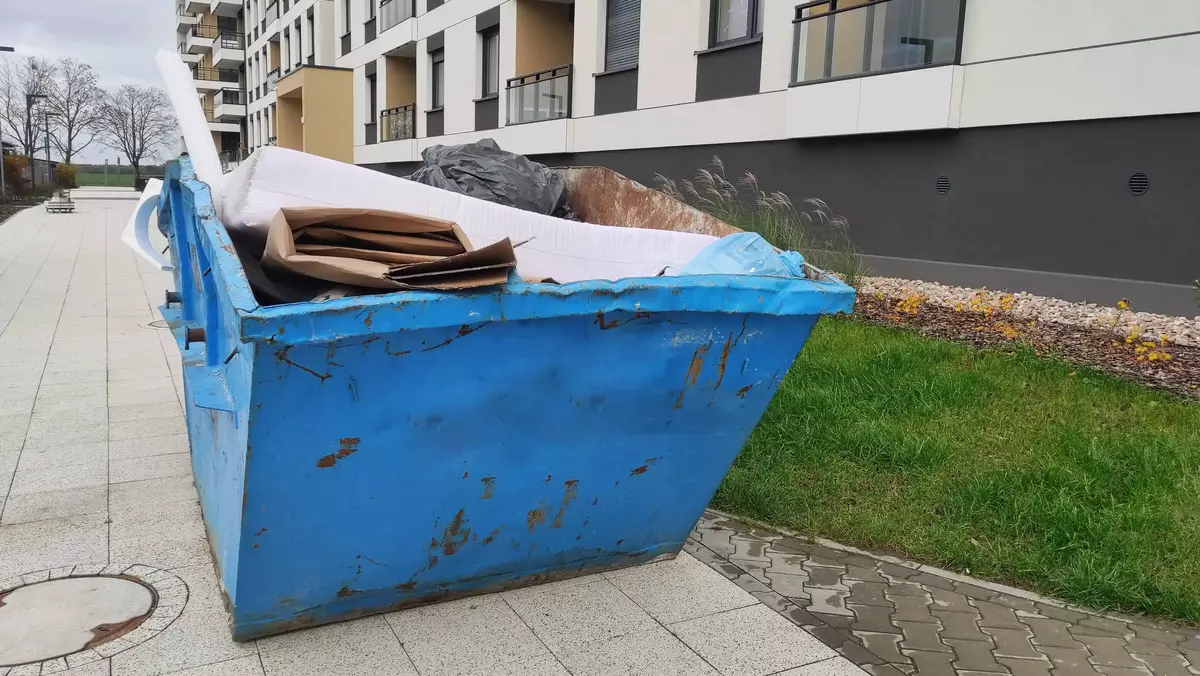
Step-by-step guide to creating a waste management plan
1. Conduct a waste materials audit
To begin, assess the types and quantities of waste your business produces. This involves identifying sources of waste and opportunities for reduction. Use tools and methods such as waste audits and waste tracking to gather accurate data. A thorough waste audit provides a baseline for setting waste reduction targets and developing effective strategies.
Steps to conduct a waste audit:
- Collect data: Gather information on the types and quantities of waste produced over a specific period.
- Identify waste sources: Determine where waste is generated within your operations.
- Analyse waste streams: Categorise waste into recyclable, non-recyclable, and hazardous.
- Evaluate waste management practices: Assess current waste handling, storage, and disposal methods.
- Document findings: Create a report detailing the waste audit results and areas for improvement.
Example: A manufacturing company conducts a waste audit and discovers that a significant portion of its waste is scrap metal. By identifying this, they can implement measures to reduce scrap generation and explore recycling options for the metal.
2. Set clear objectives and goals
Define measurable waste reduction targets that align with your business’s sustainability objectives and regulatory requirements. Examples of achievable goals include reducing waste by a specific percentage within a certain timeframe. Clear objectives provide direction and help measure progress.
Steps to set clear objectives and goals:
- Define specific goals: Outline precise targets, such as reducing plastic waste by 30%.
- Set measurable benchmarks: Establish metrics to track progress, like volume or weight of waste reduced.
- Ensure achievability: Make sure goals are realistic given available resources.
- Relevance to business: Align goals with broader business and sustainability objectives.
- Set timelines: Assign deadlines for achieving each goal.
Example: A retail store sets a goal to reduce its cardboard waste by 25% over the next year by implementing a cardboard baler to compress and recycle the material more efficiently.
3. Develop a waste management system
Establish procedures for waste segregation, collection, and disposal. Incorporate the principles of reduce, reuse, recycle, repurpose, and rot (the 5 R’s). Implementing waste management technologies and tools can enhance efficiency and compliance. A well-structured system ensures that waste is managed consistently and effectively.
Steps to develop a waste management system:
- Segregation: Set up separate bins for different types of waste.
- Collection: Establish regular collection schedules.
- Storage: Implement proper storage solutions for different waste types.
- Disposal: Ensure compliant disposal methods for all waste types.
- Recycling programs: Partner with recycling facilities and create internal recycling initiatives.
Example: An office building sets up separate bins for paper, plastics, and organic waste. They also install a shredder for confidential documents and composting bins for organic waste.
4. Implement waste reduction strategies
Minimise waste at the source by optimising processes and using materials more efficiently. Promote practices that encourage the reuse of materials and recycling of waste. Ensure safe and compliant disposal of waste through appropriate treatment methods. Consider showcasing case studies of successful waste reduction strategies to illustrate practical applications and benefits.
Steps to implement waste reduction strategies:
- Source reduction: Evaluate and adjust processes to minimise waste generation.
- Material reuse: Identify opportunities to repurpose materials.
- Recycling initiatives: Launch or expand recycling programs.
- Waste treatment: Adopt methods to treat waste before disposal.
- Disposal methods: Develop clear procedures for safe waste disposal.
Example: A restaurant reduces food waste by implementing portion control and offering smaller portion sizes. Leftover food is donated to local shelters or composted.
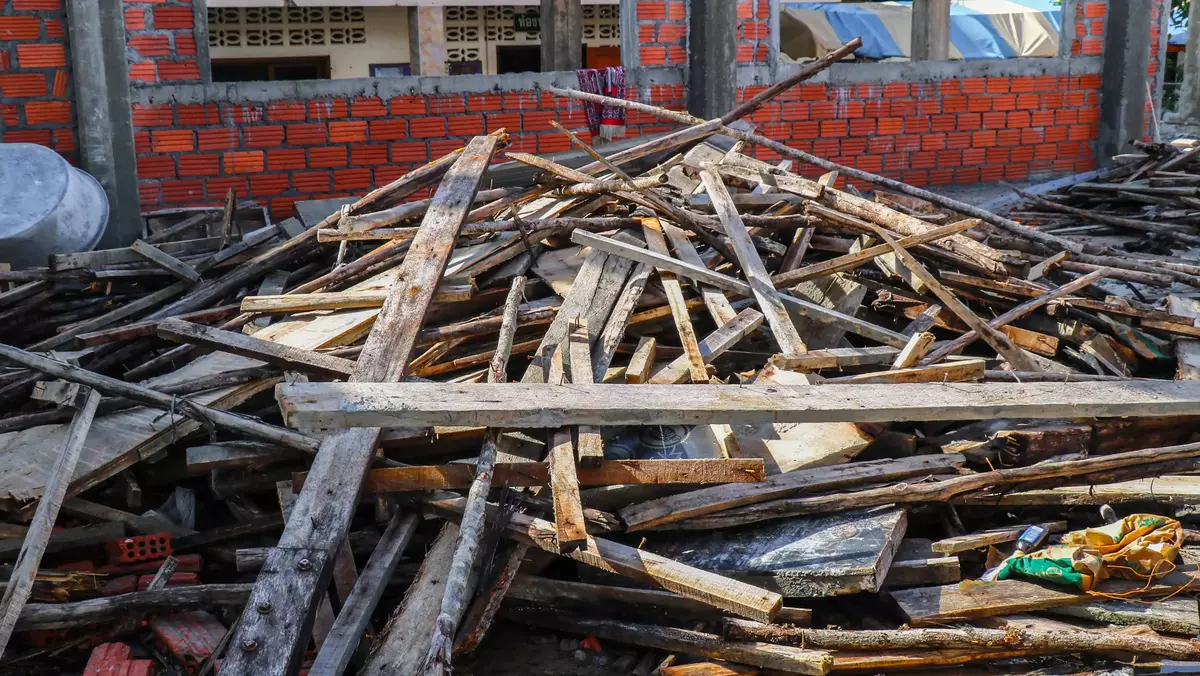
5. Handle hazardous waste properly
Identify hazardous waste types specific to your business. Implement safe handling, storage, and disposal procedures, ensuring compliance with safety regulations. Train employees on proper hazardous waste management to minimise risks and ensure safety. Familiarise yourself with regulatory requirements for hazardous waste to avoid legal issues.
Steps to handle hazardous waste properly:
- Identify hazardous waste: Categorise waste according to hazardous properties.
- Safe handling: Use appropriate protective gear and equipment.
- Proper storage: Store hazardous waste in designated, labelled containers.
- Disposal compliance: Follow regulations for hazardous waste disposal.
- Employee training: Conduct regular training on hazardous waste management.
Example: A laboratory uses chemicals that need special disposal. They provide spill kits, designate hazardous waste storage areas, and train staff on handling and disposal procedures.
6. Monitor and review the plan
Track waste generation and management performance regularly. Review and update the plan based on data and evolving regulations. Implement continuous improvement practices to enhance the plan’s effectiveness over time. Use key performance indicators (KPIs) to measure success and identify areas for improvement.
Steps to monitor and review the plan:
- Set KPIs: Establish key performance indicators to track waste management.
- Regular tracking: Monitor waste generation and management practices.
- Data analysis: Review data to identify trends and areas for improvement.
- Plan updates: Adjust the plan based on performance and regulatory changes.
- Continuous improvement: Implement changes to enhance waste management effectiveness.
Example: A construction company reviews their waste management plan quarterly. They track the amount of waste diverted from landfills and adjust their practices to improve recycling rates.
7. Engage and educate employees
Involve employees in waste management initiatives by providing training and resources to support waste reduction efforts. Foster a culture of sustainability within the organisation through regular communication and engagement. Encourage employees to share ideas and feedback to continuously improve waste management practices.
Steps to engage and educate employees:
- Training programs: Conduct regular training on waste management practices.
- Resource provision: Supply employees with necessary tools and information.
- Communication: Maintain open lines of communication about waste management initiatives.
- Incentives: Reward employees for successful waste reduction efforts.
- Feedback mechanisms: Encourage and act on employee feedback.
Example: A retail chain holds monthly training sessions on waste reduction and recycling. They recognise and reward employees who contribute innovative ideas to reduce waste.
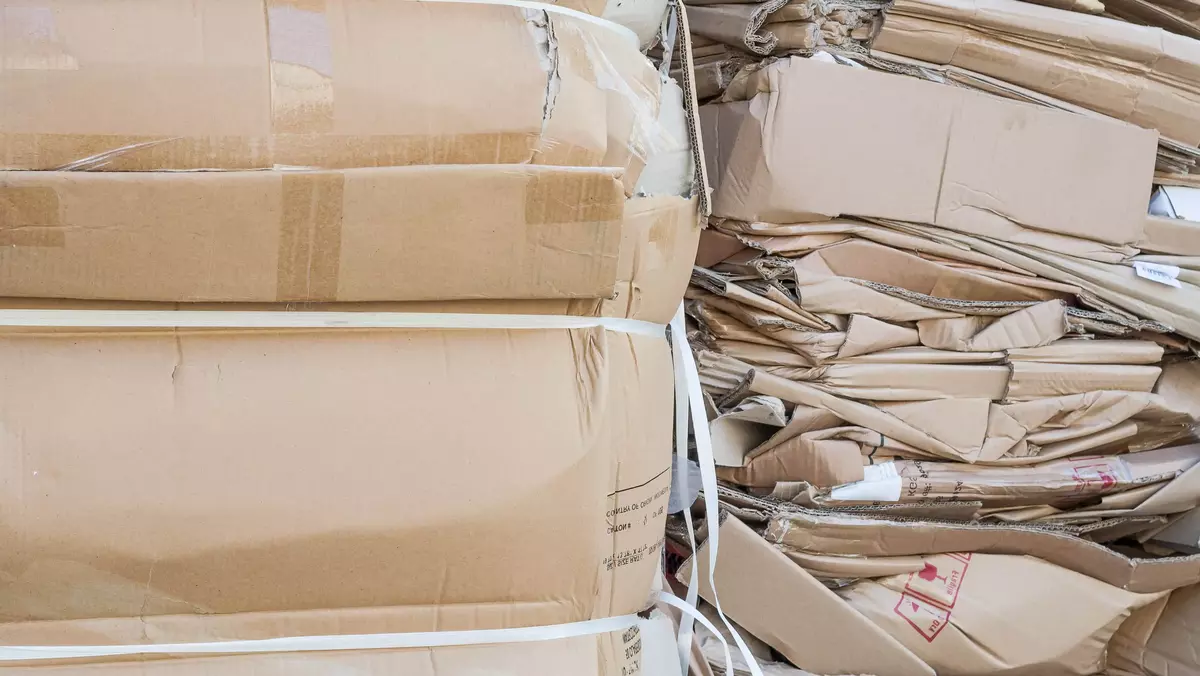
Factors to consider in a waste management plan
Creating an effective waste management plan requires careful consideration of various factors to ensure comprehensive coverage and efficiency. Below are key factors to keep in mind:
- Types and volumes of waste generated
- Regulatory requirements and compliance
- Environmental impact and sustainability goals
- Cost implications and budget considerations
- Employee involvement and training needs
- Availability of recycling and disposal facilities
- Supplier and contractor waste management practices
Consider WM Waste your business’s waste management partner
Now you know everything you need to know to efficiently manage and dispose of your waste. All you need is someone to haul it all away — that’s where we come in.
Book your commercial waste removal service with WM Waste, and we’ll make sure your site stays clean and clutter-free!
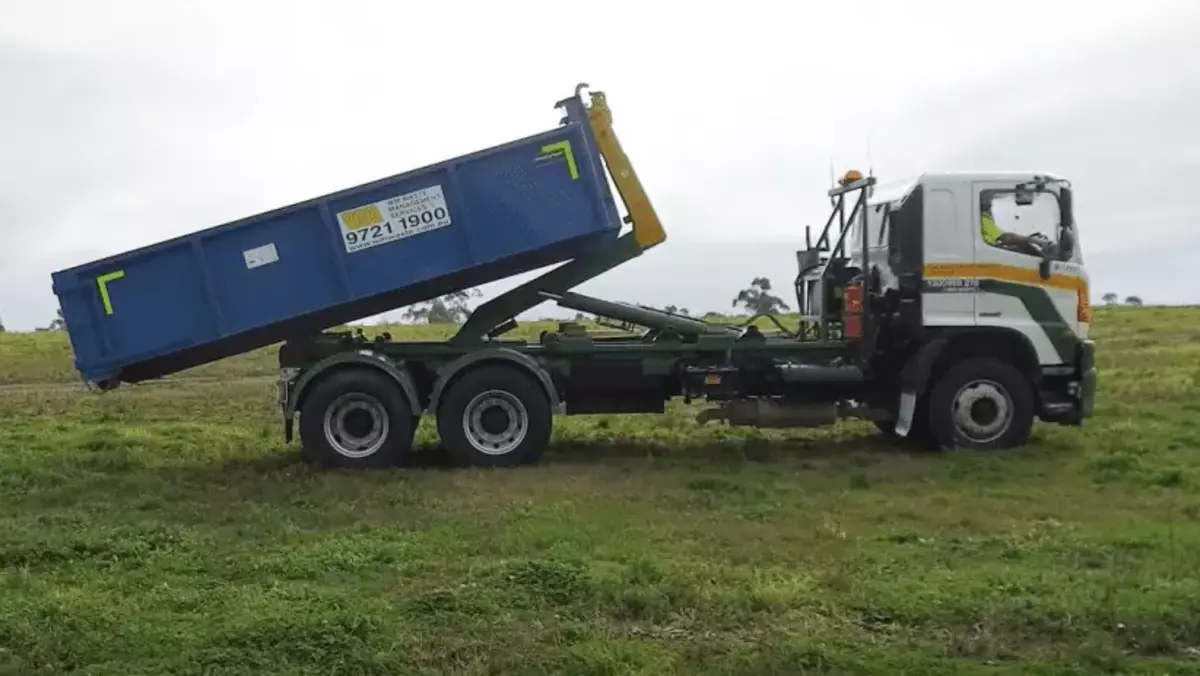
Free waste management plan template and FAQs
Your free downloadable waste management plan template
This template is designed to help you create a comprehensive waste management plan tailored to your specific needs. It covers all the essential elements required to manage waste efficiently, comply with regulations, and promote sustainability.
1. Introduction
Provide an overview of the waste management plan, including its purpose and objectives.
Example: "This waste management plan outlines our company’s strategy for managing waste responsibly and sustainably. It aims to reduce waste generation, promote recycling and reuse, ensure compliance with regulations, and minimise our environmental impact."
2. Company information
Include basic information about your company.
- Company name:
- Address:
- Contact person:
- Phone number:
- Email:
3. Site details
Provide specific details about the site where the waste management plan will be implemented.
- Site name:
- Location:
- Project description:
- Site manager:
- Contact information:
4. Waste audit
Conduct a waste audit to assess the types and quantities of waste your company produces.
- Types of waste generated:
- General waste
- Recyclables (paper, cardboard, plastics, metals)
- Organic waste (food, garden)
- Hazardous waste (chemicals, e-waste)
- Waste sources:
- Office areas
- Manufacturing processes
- Construction sites
- Retail operations
- Quantities of waste:
- Daily/weekly/monthly waste generation (provide estimated weights/volumes)
5. Objectives and goals
Set clear, measurable objectives and goals for waste reduction.
- Objective 1:
- Description: Reduce overall waste by 20% in the next 12 months.
- Measurable target: Decrease waste from 10 tonnes to 8 tonnes per month.
- Objective 2:
- Description: Increase recycling rates by 30%.
- Measurable target: Recycle 6 tonnes of waste per month.
6. Waste types and management methods
Detail the waste types expected and their management methods.
- Concrete: Reuse as fill material, recycle through concrete recycling facilities.
- Metals: Segregate and send to metal recycling facilities.
- Timber: Reuse for formwork or donate to community projects.
- Plastics: Sort and recycle through local recycling programs.
- Hazardous waste: Store securely and dispose of through licensed hazardous waste facilities.
7. Waste management system
Develop a system for waste segregation, collection, and disposal.
- Segregation:
- Provide separate bins for general waste, recyclables, and organic waste.
- Colour-coded bins: Red for general waste, blue for recyclables, green for organic waste.
- Collection:
- Regular collection schedule: Daily/weekly/monthly pickups.
- Collection points: Specify locations for waste collection points.
- Storage:
- Proper storage areas for different types of waste.
- Secure storage for hazardous waste.
- Disposal:
- Methods for safe and compliant disposal of waste.
- Partnerships with licensed disposal and recycling facilities.
8. Waste handling procedures
Outline procedures for handling, transporting, and disposing of waste.
- On-site handling: Segregation and proper handling techniques for different types of waste.
- Transportation: Methods and schedules for transporting waste to disposal or recycling facilities.
- Disposal facilities: List of approved facilities for different types of waste.
9. Waste reduction strategies
Implement strategies to minimise waste generation and promote recycling and reuse.
- Source reduction:
- Optimise processes to reduce material waste.
- Use digital documents to reduce paper waste.
- Reuse:
- Reuse materials where possible (e.g., packaging, containers).
- Donate usable items to local charities.
- Recycling:
- Set up recycling programs for paper, plastics, metals, and e-waste.
- Partner with local recycling facilities.
- Composting:
- Implement on-site composting for organic waste.
10. Hazardous waste management
Outline procedures for handling, storing, and disposing of hazardous waste.
- Identification:
- List types of hazardous waste generated.
- Handling:
- Safe handling procedures and protective equipment required.
- Storage:
- Secure, labelled containers for hazardous waste.
- Disposal:
- Compliance with local regulations for hazardous waste disposal.
- Training:
- Regular training for employees on hazardous waste management.
11. Monitoring and review
Track waste generation and management performance. Review and update the plan regularly.
- KPIs:
- Key performance indicators to track progress (e.g., waste reduction percentage, recycling rates).
- Data collection:
- Methods for collecting and analysing waste data.
- Review schedule:
- Regular reviews (e.g., quarterly, annually) to assess the plan’s effectiveness.
- Continuous improvement:
- Strategies for continuous improvement based on review findings.
12. Employee engagement and education
Involve employees in waste management initiatives and provide ongoing training.
- Training programs:
- Initial and ongoing training on waste management practices.
- Communication:
- Regular updates on waste management goals and achievements.
- Incentives:
- Reward programs for employees who contribute to waste reduction efforts.
13. Roles and responsibilities
Assign responsibilities to ensure the waste management plan is implemented effectively.
- Site manager:
- Overall responsibility for plan implementation and compliance.
- Environmental officer:
- Monitors waste management practices and regulatory compliance.
- Employees:
- Follow waste segregation, handling, and disposal procedures.
- Contractors:
- Comply with the company’s waste management plan.
14. Emergency procedures
Prepare for potential waste-related emergencies.
- Spill response:
- Procedures for handling waste spills or accidental releases.
- Emergency contacts:
- List of emergency contacts and reporting procedures.
15. Compliance and documentation
Ensure compliance with all relevant regulations and maintain proper documentation.
- Regulatory compliance:
- List applicable local, state, and national waste management regulations.
- Documentation:
- Maintain records of waste audits, disposal methods, and regulatory compliance.
- ISO 14001 certification:
- Achieve and maintain ISO 14001 certification for environmental management systems.
Special considerations for construction waste management plans
Construction sites generate specific types of waste that require particular management strategies. Here are detailed considerations for managing construction waste.
Types of construction waste
- Concrete and masonry: Large amounts of concrete, bricks, and stones.
- Wood and timber: Offcuts, pallets, and formwork.
- Metals: Steel beams, rebar, and metal scraps.
- Plastics: Packaging, pipes, and insulation materials.
- Gypsum: Drywall offcuts and old plaster.
- Hazardous materials: Asbestos, lead-based paints, and chemical containers.
- Mixed construction and demolition waste: Combinations of the above materials from renovation or demolition activities.
Waste segregation
- On-site separation: Use designated waste bins or areas for different types of waste (e.g., wood, metal, concrete).
- Colour-coded bins: Implement a colour-coded system to make segregation easier for workers.
- Skips and containers: Provide adequate skips and containers for sorting waste on-site.
Recycling and reuse strategies
- Material recovery: Partner with local recycling facilities to recover and recycle materials.
- Reusing materials: Identify opportunities to reuse materials on-site, such as using concrete debris as fill material.
- Deconstruction: Prioritise deconstruction over demolition to salvage materials for reuse.
- Donations: Donate usable materials to community projects or organisations.
Disposal methods
- Licensed facilities: Ensure waste is transported to licensed recycling and disposal facilities.
- Compliance: Follow local regulations for the disposal of specific materials, especially hazardous waste.
- Documentation: Maintain records of waste disposal to demonstrate compliance with regulations.
Hazardous waste management
- Identification: Identify hazardous materials early in the project planning phase.
- Safety protocols: Implement strict safety protocols for handling, storing, and disposing of hazardous materials.
- Training: Provide specialised training for workers dealing with hazardous waste.
- Proper storage: Use labelled, secure containers for hazardous waste to prevent spills and contamination.
Roles and responsibilities
- Site manager: Overall responsibility for the waste management plan’s implementation.
- Environmental officer: Monitors compliance with environmental regulations and the effectiveness of the plan.
- Contractors and subcontractors: Must follow the waste management procedures outlined in the plan.
- Workers: Responsible for segregating waste and adhering to the site’s waste management protocols.
Monitoring and reporting
- Waste tracking: Implement a system for tracking the volume and types of waste generated.
- Regular audits: Conduct regular waste audits to assess the effectiveness of the waste management plan.
- Reporting: Generate reports on waste management performance to identify areas for improvement.
- Continuous improvement: Use audit and report findings to continuously improve waste management practices.
Training and communication
- Initial training: Provide comprehensive training on waste management procedures during site inductions.
- Ongoing education: Offer regular training sessions to update workers on best practices and regulatory changes.
- Clear communication: Maintain open communication channels for workers to report issues and suggest improvements.
- Visual aids: Use posters and signs around the site to reinforce waste management protocols.
How often should a waste management plan be reviewed?
It should be reviewed regularly, at least annually, or whenever there are significant changes in waste generation, regulations, or business operations.
How can employees be involved in the waste management plan?
Employees can be involved through training, awareness programs, and by encouraging their participation in waste reduction initiatives and providing feedback on the waste management system.
Who writes the site waste management plan?
Typically, a site waste management plan is written by the site manager, environmental officer, or a designated waste management professional within the organisation.
When is a site waste management plan created?
A site waste management plan is usually created at the start of a project or when a business begins its operations. It can also be developed in response to regulatory requirements or as part of a sustainability initiative.
Is a site waste management plan a legal requirement?
Whether a site waste management plan is a legal requirement depends on the local regulations and the type of business or project. It's essential to check with local environmental authorities to ensure compliance.
What are the key waste management regulations and standards?
Waste management regulations and standards are crucial for ensuring that businesses handle waste responsibly and in compliance with the law. In Australia, several key regulations and standards apply:
- National Waste Policy: This policy outlines Australia's waste management and resource recovery strategies, focusing on reducing waste and improving recycling and resource recovery.
- Environmental Protection Acts: Each state and territory in Australia has its own Environmental Protection Act (e.g., the Environmental Protection Act 1994 in Queensland, the Environment Protection Act 1970 in Victoria) that sets out the legal framework for managing waste and protecting the environment.
- Waste management plans: Certain industries and projects, particularly in construction, are required to develop and implement waste management plans as part of their regulatory compliance.
- ISO 14001 certification: ISO 14001 is an international standard for environmental management systems (EMS). Achieving ISO 14001 certification demonstrates a business’s commitment to reducing its environmental impact, including effective waste management practices.
- State and local regulations: Specific waste management requirements can vary by state and locality. For example, some areas may have specific recycling mandates or bans on certain types of waste in landfills.
What are some advanced waste reduction techniques?
Advanced waste reduction techniques go beyond basic recycling and disposal to minimise waste at its source and promote sustainability. Here are some key techniques:
- Lean construction techniques: Lean construction focuses on maximising value and minimising waste through improved project planning and efficient use of resources. This includes just-in-time delivery of materials to reduce onsite waste and optimising workflow to minimise delays and waste.
- Prefabrication and modular construction: These methods involve creating components off-site in a controlled environment, reducing material waste and improving precision. Prefabricated components are transported to the construction site and assembled, resulting in less waste.
- Design for deconstruction: This approach involves designing buildings and structures in a way that makes future deconstruction and material reuse easier. For example, using bolts instead of welds allows materials to be easily disassembled and reused.
- Circular economy principles: Adopting a circular economy approach means designing products and processes that keep materials in use for as long as possible, extracting maximum value from them before recovery and regeneration.
- Material substitution: Using alternative materials that generate less waste or are more recyclable. For example, using biodegradable materials or materials that can be easily disassembled and recycled.
What technology and tools can help in waste management?
Several technologies and tools can enhance the efficiency and effectiveness of waste management practices:
- Waste management software: Software solutions like Waste Logics and Enevo provide comprehensive tools for tracking waste generation, collection schedules, and disposal methods. They offer real-time data analysis, reporting capabilities, and compliance tracking to streamline waste management processes.
- IoT and smart bins: Internet of Things (IoT) technology can be used in smart bins equipped with sensors to monitor waste levels and optimise collection routes. These bins alert waste management services when they need to be emptied, reducing unnecessary collections and improving efficiency.
- Construction management apps: Apps like Fieldwire and PlanGrid help construction managers track materials, manage waste, and ensure that recycling and disposal processes are followed. These apps can also assist in documenting compliance with waste management plans.
- Automated sorting systems: Advanced sorting technologies, such as optical sorters and robotic sorting systems, can automatically separate recyclable materials from mixed waste streams, improving recycling rates and reducing contamination.
- Composting technologies: On-site composting systems for organic waste, such as the Rocket Composting System, convert food and green waste into valuable compost, reducing the volume of waste sent to landfills.
Digital waste tracking: Digital platforms that track waste from generation to disposal provide transparency and accountability. These systems help businesses ensure compliance with regulations and identify opportunities for waste reduction.

